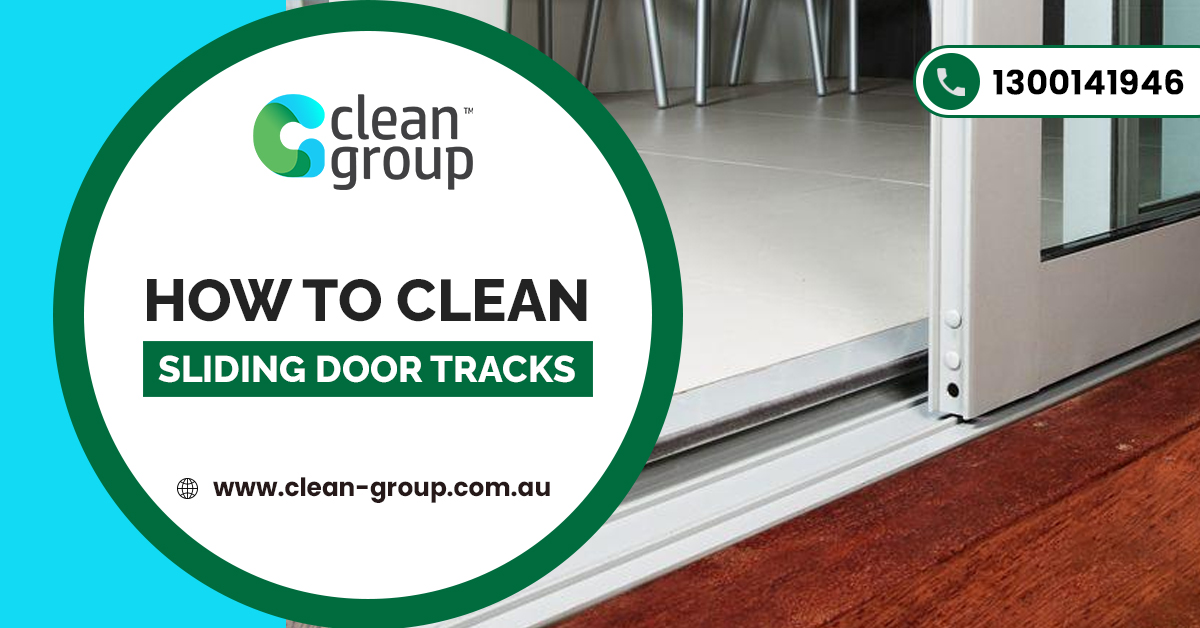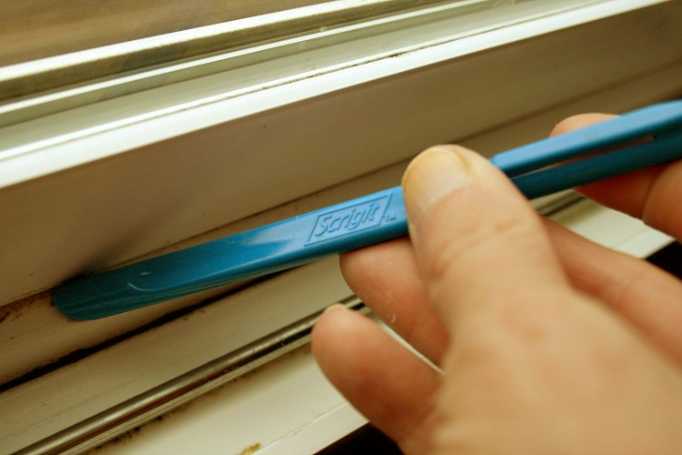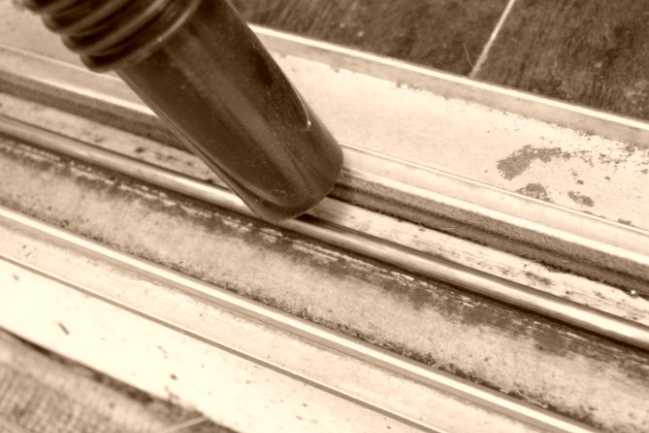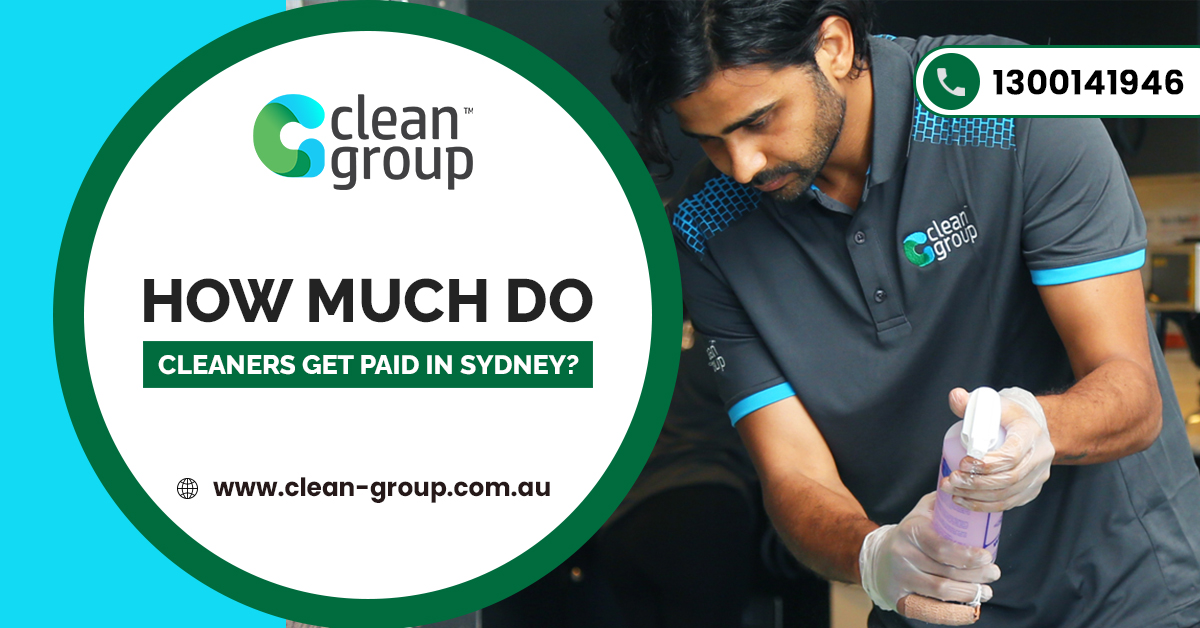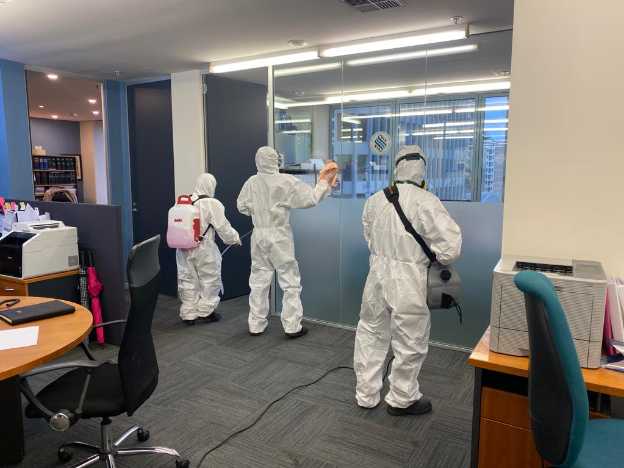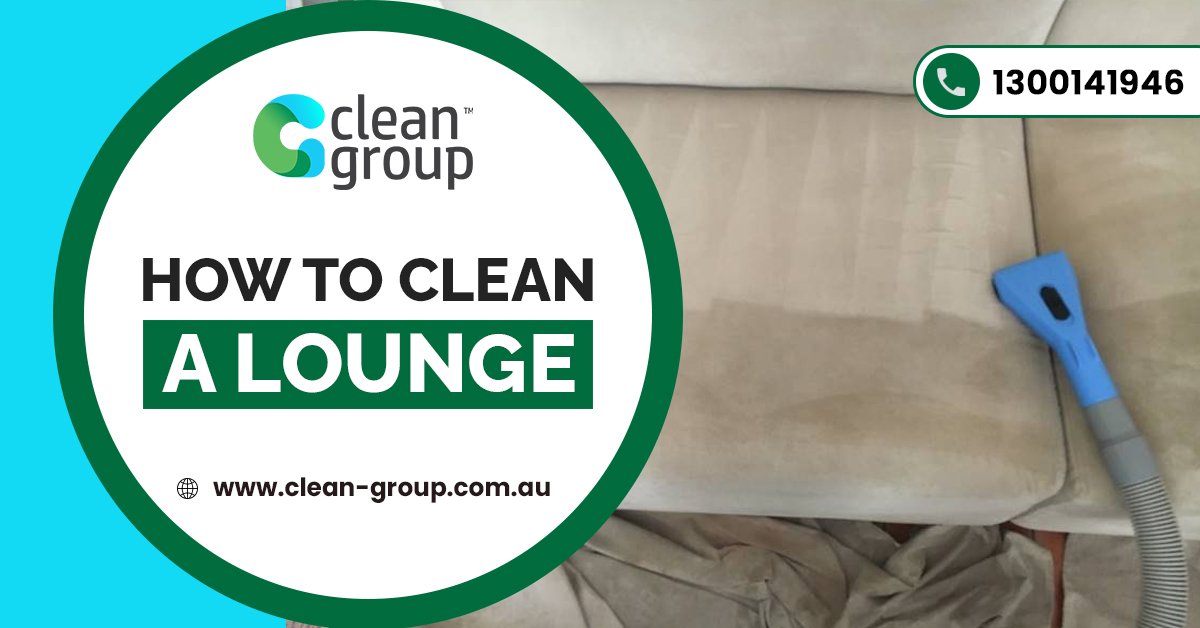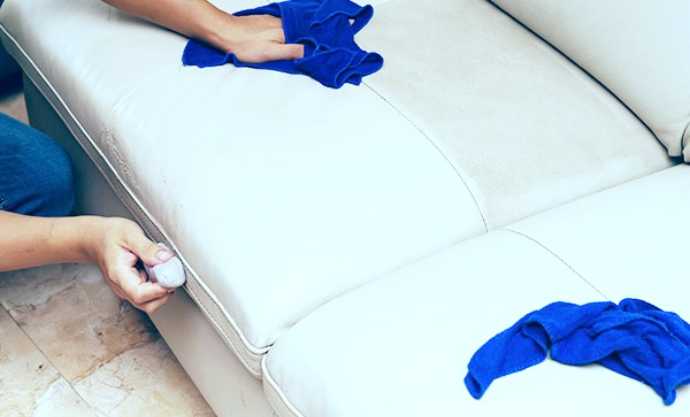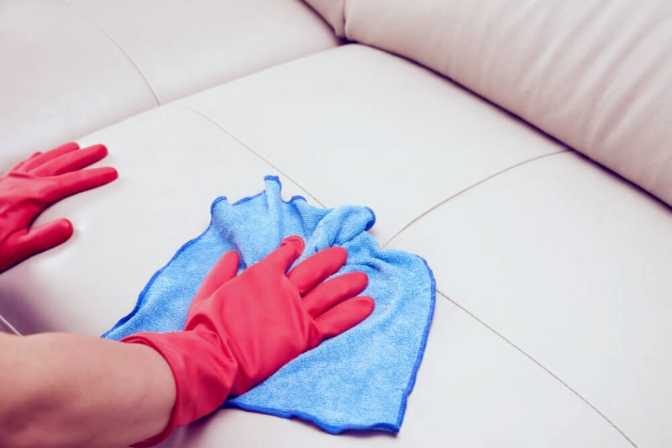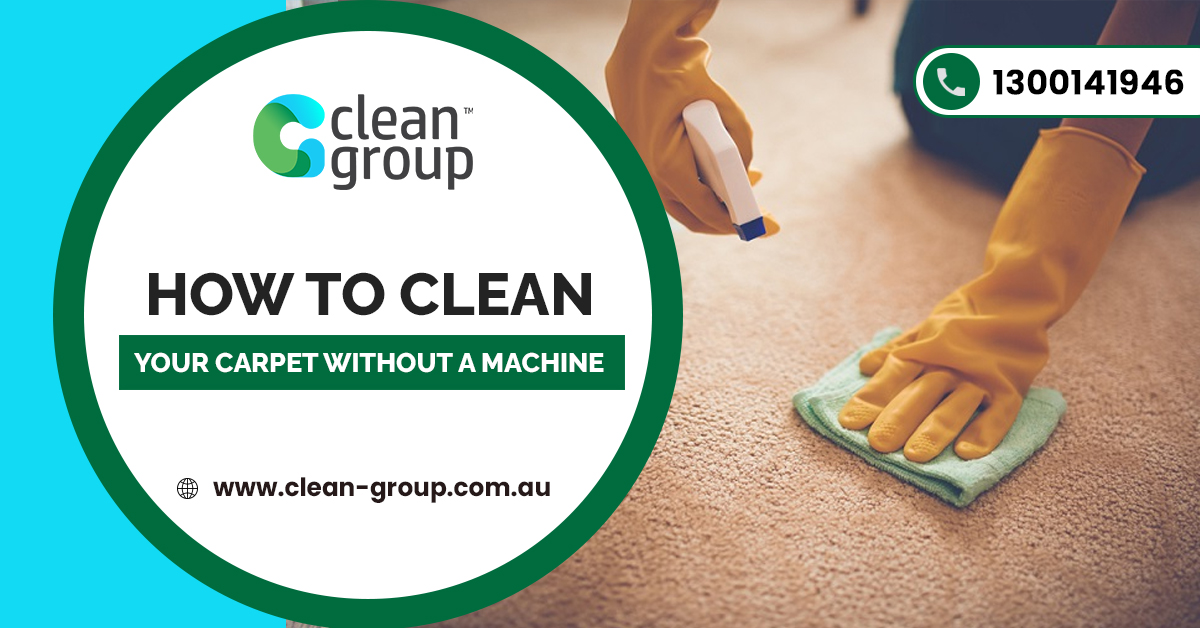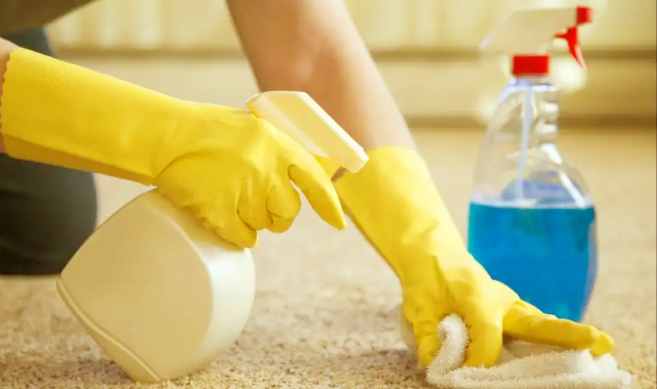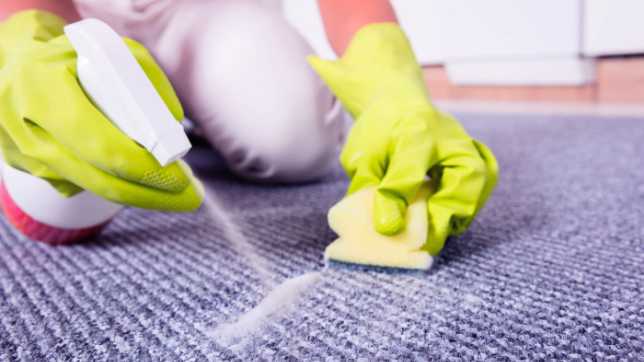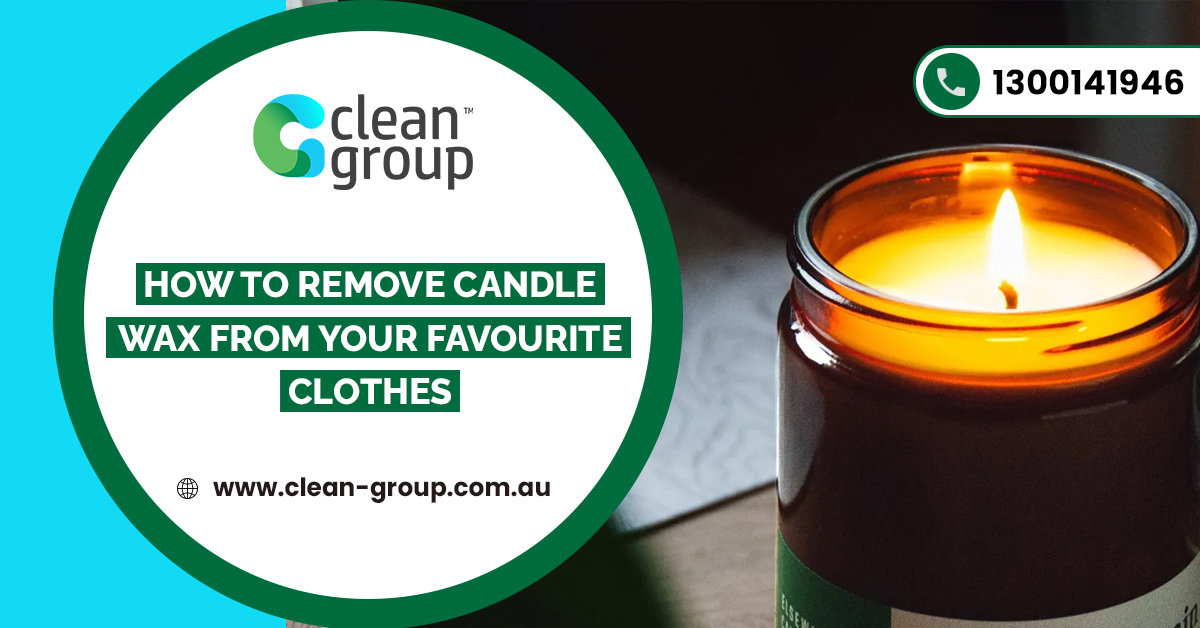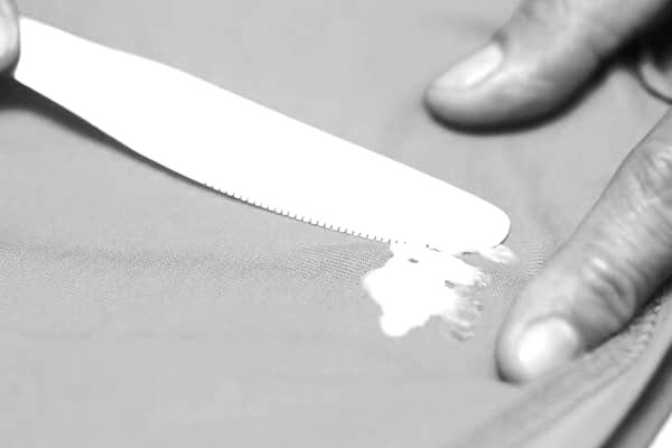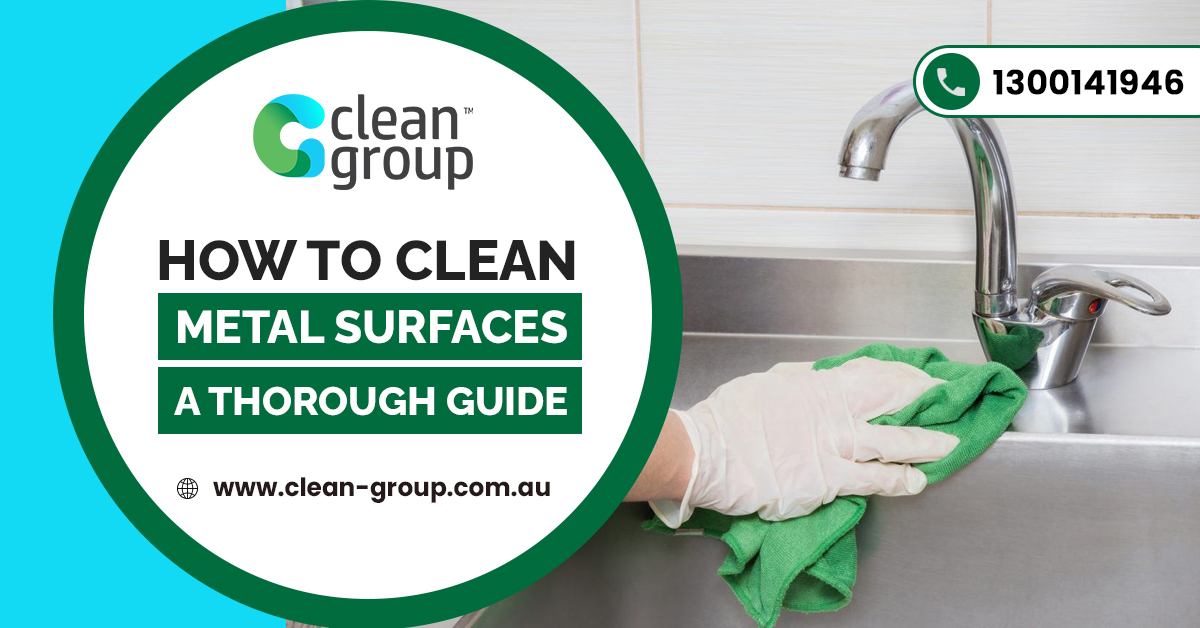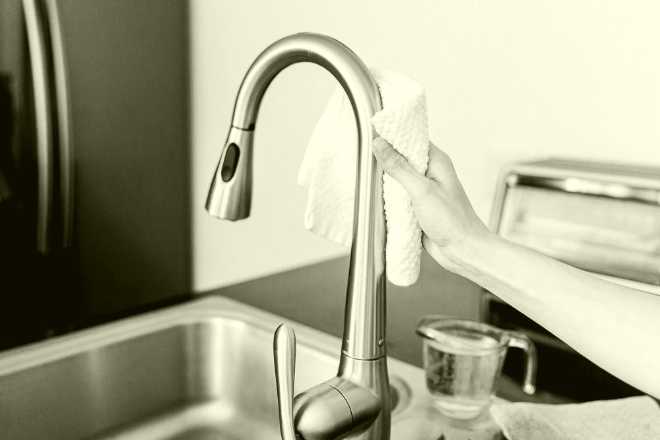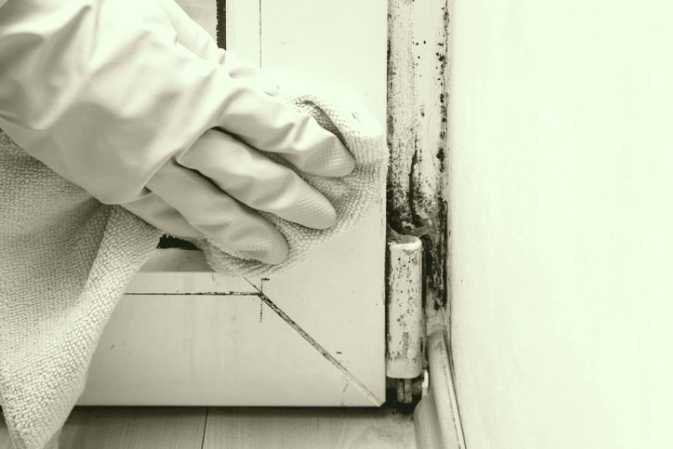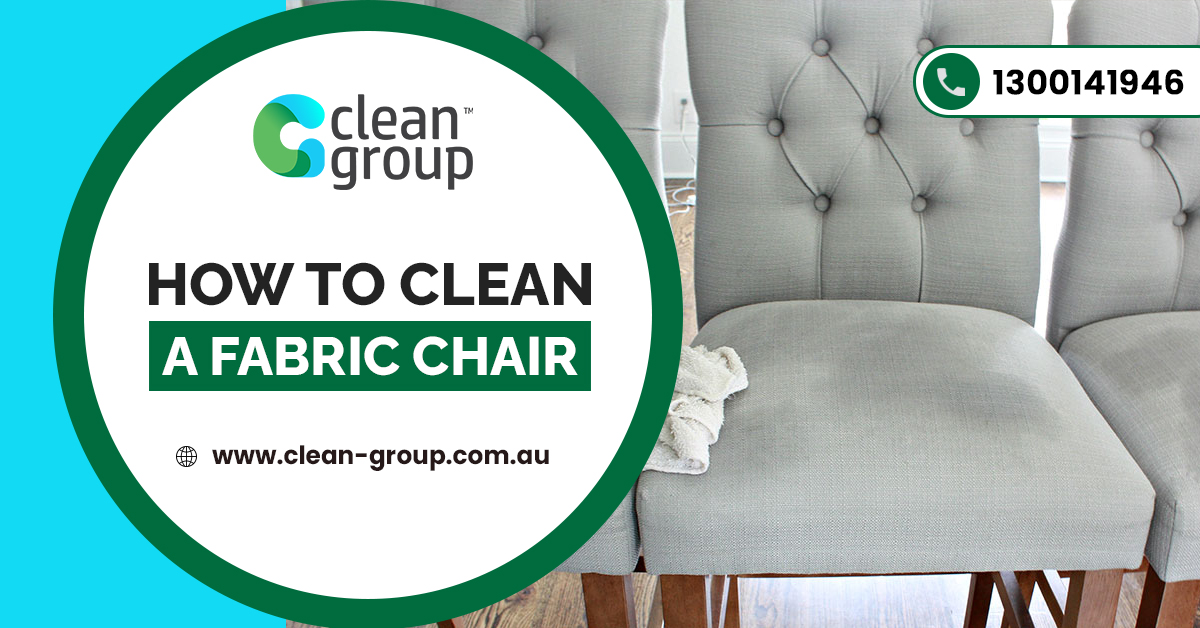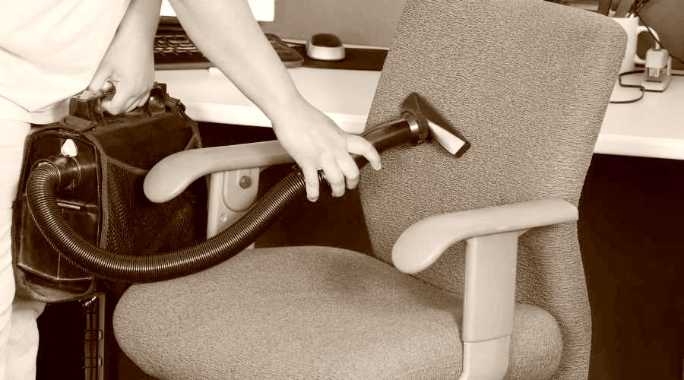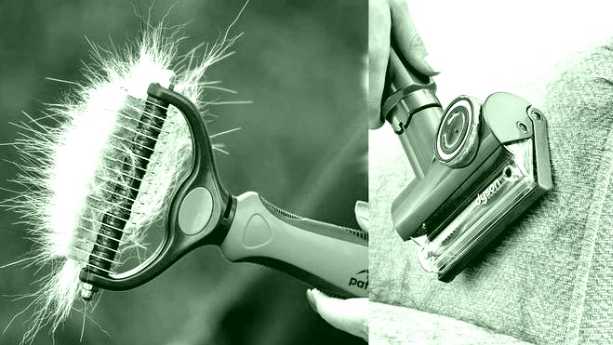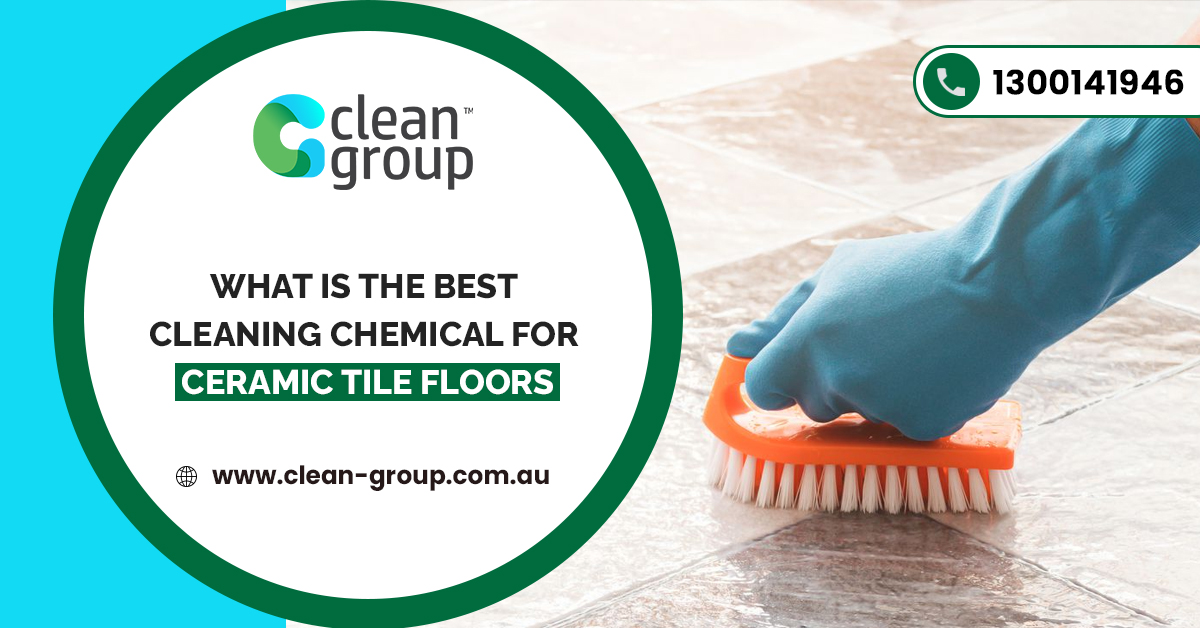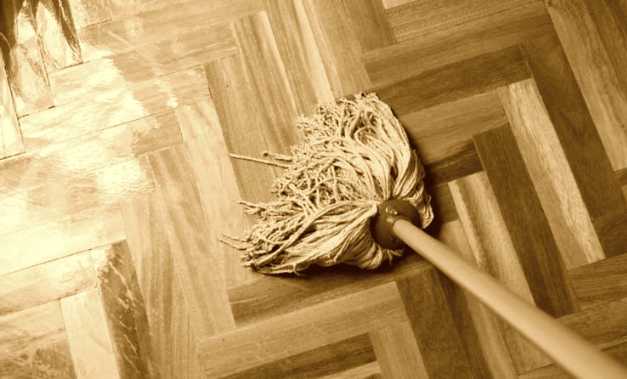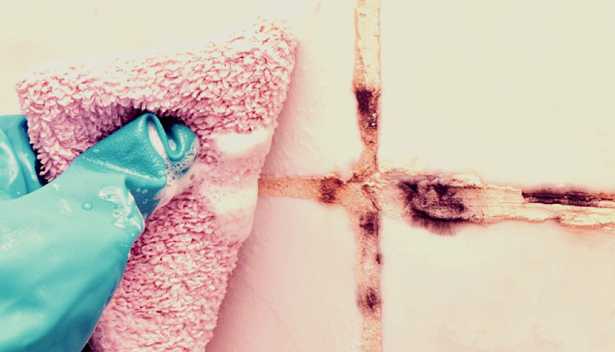A look at the most advanced and effective cleaning equipment utilised by professional commercial cleaning companies in Sydney, Australia.
Cleaning equipment is the most basic requirement of a cleaning project. While at home we may use all kinds of cleaning equipment that are handy, the cleaning tools professionals use are on a completely next level.
For instance, we at Clean Group use one of the most cutting-edge floor scrubbers. It’s called the i-Mop floor scrubber and can “up to 70% faster than conventional wet mopping.”
In this article, Clean Group experts share useful insights about the best, smart cleaning equipment that cleaning companies around the world are shopping and using today.
Why using high-tech cleaning equipment is a must for commercial premises
For a good quality commercial cleaning service, having the right cleaning equipment that can support the work is a must. If the area is large, you’d need to use heavy-duty equipment that can clean fast and effectively. Similarly, for smaller premises, using compact but powerful cleaning equipment is the key.
At the same time, it is also important to regularly upgrade your cleaning equipment and add newer, more advanced tools that can help improve your cleaning processes and enable your cleaners to do more in less time.
For example, upgrading to a modern, automated floor scrubber will certainly reduce cleaning time and might also increase efficiency as compared to floor cleaning using a standard mop.
In addition, shopping and using cutting-edge cleaning equipment in your commercial cleaning business will help ensure your business service remains competitive and continues to meet customers’ needs and expectations.
Besides, the use of some automated cleaning tools and machines can help reduce your operational cost by cutting the need for some human labour. And of course, great results will come automatically when you are using great quality products.
Other benefits of high-tech commercial cleaning equipment include enhanced worker productivity, greater cleaning consistency & efficiency, increased cleaner safety (reduced risk of accidents because of the use of old tools), and improved cleaning results.
Let’s start with the i-Mop floor scrubber.
What Is the I-Mop Floor Scrubber?
The i-mop floor scrubber that we use for almost all our regular and deep commercial cleaning projects has been established as an undisputed industrial floor scrubbing champion in the Australian market.
It’s a “revolutionary, flexible and powerful” cleaning tool, says the official website, that has been designed to effectively and efficiently clean all kinds of business floors.
The i-Mop floor scrubber comes in four variants – XL Basic, XL Plus, XL Pro, and XXL Pro. The ones we use are the XL Plus and XL Pro, both of which have been rated as the most efficient floor cleaners in their respective categories.
Some of the cutting-edge features of the Clean Group’s i-Mop floor scrubber are as follows:
It is very fast and efficient. The i-Mop cleaner cleans floors in half the time of a conventional floor scrubber and is almost twice more efficient.
Being compact in size, it can be used easily in all areas of an office and will clean corners and other small and obstructed spaces very efficiently and without a problem.
Cleaning under obstacles such as heavy furniture items is not a problem with the i-mop scrubber, as it is very flexible and will reach and clean the areas where even your hands cannot go.
Clean Group cleaners, for almost two years now, have been successfully shopping for and using high-tech equipment such as the i-Mop cleaner to quickly & efficiently clean the premises of our customers.
The new tools are not only more efficient in terms of cleaning service quality but also save a lot of time for our cleaners, who are able to scrub clean floors in half the standard time.
“The difference is easy to see,” says a Clean Group customer.
Floors are cleaner and stains are gone with just one wash. Even ATP testing confirms that i-Mop can clean commercial surfaces about 90% more efficiently compared to convention mopping.
The i-mop machine comes in a unique twin counter-rotating brush design that is able to deep scrub commercial and industrial floors twice more effectively.
It has been rated as one of the best modern commercial cleaning equipment and tools in the market. In addition, its advanced suction technology will automatically extract all of the liquid after cleaning is done, leaving floors dry immediately.
Benefits of I-Mop Scrubber in Commercial Cleaning
Faster cleaning: The i-mop scrubber can clean up to 70% faster than wet mopping and about 30% faster than auto scrubbing, making it one of the fastest commercial cleaning tools in the market.
Lower operating cost: It reduces operational cost by cutting the need to hire multiple cleaners to manually mop, scrub and wash industrial floors. One machine can take it all.
Flexible to reach obstructed spaces: The i-mop cleaner features a flexible design that makes it easily reach areas that are otherwise difficult to access when cleaning a commercial facility.
Other benefits of this high-tech cleaning equipment include HACCP colour-coded accessories to help prevent cross-contamination, advanced suction technology to make floors dry almost immediately, and the use of less water and chemicals as compared to traditional methods, which is also good for the environment.
Another advanced cleaning equipment that we use is the Electrostatic Disinfection Sprayer, which is a high-tech disinfection machine designed to perform quick commercial disinfection in large areas.
Clean Group’s Electrostatic Spray Technique
Clean Group has been shopping for and using the cutting-edge electrostatic sprayer machine for some years now. The equipment features a liquid tank connected with a sprayer gun.
The container is filled with whatever disinfectant or sanitiser that we need to use for a particular cleaning application. The electrostatic sprayer will emit charged sanitiser particles on the affected areas.
The benefit of using an electrostatic sprayer instead of a regular sprayer is that the machine will charge sanitiser particles before sending them off to the surface.
These charged particles will better attract and quickly seize negative particles of dust, dirt, and germs and remove them off the surface for good.
Clean group’s electrostatic disinfection method when used together with TGA-approved chemicals is found to be effective in removing up to 99.99% of germs from commercial floor surfaces, including the covid-19 virus.
Another benefit of this technique of disinfection is that it is able to cover bigger areas more quickly than conventional disinfection methods.
Also, the flexible design of the sprayer allows it to easily reach and disinfect corners and other difficult-to-access areas in a commercial place.
Other High-Tech Commercial Cleaning Equipment You Should Know About
Besides the i-mop floor scrubber, the Clean Group team uses a full range of multiple technology-driven cleaning equipment, tools and supplies that include window cleaning machines, all-in-one floor cleaners, automated cordless vacuum cleaners, power scrubbers, blinds cleaners, pressure cleaners, industrial vacuum cleaners, etc.
Different parts of a commercial cleaning job will need a different range of cleaning equipment and tools. This is why a cleaner should carry all kinds of cleaning equipment with them.
Today, in the market, there is a full range of high-tech cleaning equipment and tools available. While many of these machines are costly and not probably feasible for small cleaning companies or individual cleaners in Australia, you can still manage to own some of the cutting-edge cleaning tools without spending a lot.
Some of the modern, small and inexpensive cleaning equipment that professional cleaners use include furniture brush lint roller (for pet hair, dust and lint on furniture), steam microwave cleaner, reusable silicone cleaning gloves, magic eraser (helps remove marks and stains from walls, floors, etc.), mini vacuum cleaners (for small spaces), cleaning slime for keyboards, screen cleaner (for laptop, mobile screens), sanitizer box, etc.
What Are Modern Commercial Cleaning Supplies?
Besides cleaning equipment, you would also need to regularly upgrade other cleaning supplies and products that you use in your cleaning business.
These include cleaning chemicals, brushes, buckets, microfiber rags and cloths, spray bottles, mops, dusters, brooms, floor cleaners, squeegee, etc. Try and use the most popular and effective cleaning products available in your budget.
When looking to purchase cleaning supplies, considering environment sustainable or green options is also a good idea. And if possible, search and buy cleaning products of top brands only from a trusted supplier in Sydney.
Industrial vacuums, pressure washers, steam cleaners, floor cleaners, floor scrubbers sweepers, pressure cleaners, general scrubbers, etc. are some other general cleaning tools that professionals use for office cleaning in Australia. Handheld or portable vacuums are also in trend these days.
When shopping for cleaning equipment, always ask around and try to gather feedback from previous users to know whether the product is actually suitable for you. Also, consider your particular requirements, industry and the cleaning service you are planning to buy the tools for.
Besides cleaning equipment, you may also need to shop for tools to perform basic repairs and maintenance around a property. Irrespective of the money cost, buying high-quality cleaning equipment can prove to be a wonderful investment for the long term.
With the use of a vast range of cutting-edge cleaning equipment and some of the most advanced and eco-friendly cleaning methods, Clean Group has positioned itself as a leader in the market and someone you can absolutely trust to always provide the most state of the art cleaning services for your commercial cleaning needs.
Because our team has some of the most experienced and well-trained cleaning professionals in the market, other cleaning companies and cleaners and sweepers in Australia often seek our advice when looking for guidance about the best cleaning methods and tools.
Clean Group provides a complete range of cleaning services using the most cutting-edge equipment and tools to its customers, including both established brands and small businesses.
We shop for and use the best cleaning tools so that your business can get a world-class cleaning service consistently. As a leading cleaning company in Sydney with a lot of previous experience, Clean Group provides best-in-class services along with outstanding support to its clients.
We are a company driven by the values of integrity, hospitality and customer service. Contact us for more details and free advice on selecting the right commercial cleaning tools or request a free cleaning quote on our website.


